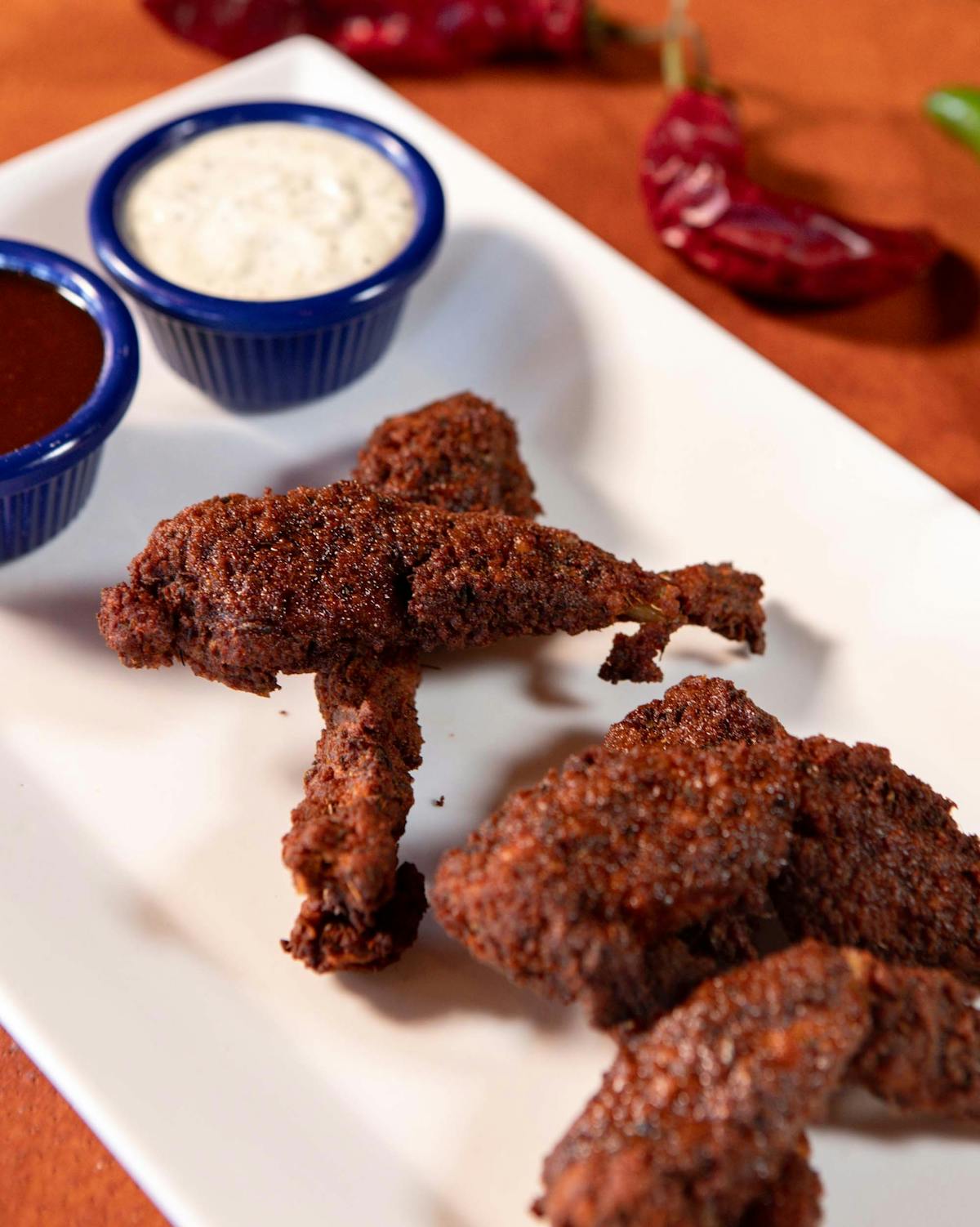The History of Frog Legs

Frog legs have long been known for being a French delicacy, however, researchers have discovered this famous dish was actually enjoyed in the neighboring country of England 8,000 years before they arrived in France. While this continues to be a point of contention between the two countries, there is no doubt that frog legs are a unique and delicious cuisine enjoyed mainly in the eastern part of the world.
So, how did frog legs end up on The Fort’s menu? To answer that, we first need context about the Bent brothers. William and Charles Bent hailed from St. Louis, Missouri, a city founded by French fur traders in the mid-1700s, and spent most of their childhood and young adulthood there. In the early 1830s, the brothers turned their attention to the Santa Fe trade and made the move west to Colorado. In 1833, along with their friend Ceran St. Vrain, they established Bent’s Old Fort in La Junta, Colorado which served as a trading post for Plain Indians and trappers traveling the Santa Fe Trail.
With their St. Louis background and French influence, we can imagine the Bent brothers, along with French voyagers and traders of the 18th and 19th centuries, were enjoying frog legs throughout their journeys, as it was a plentiful source of meat and a familiar cultural food. These voyagers and trappers often lived with the Indian tribes and had easy access to bullfrogs to cook their favorite delicacy from their homeland.
Because The Fort Restaurant was the first authentic replica of Bent’s Old Fort, we wanted to pay homage to the French influence and include frog legs on our menu. “French Voyager’s” Frog Legs are Cajun spiced, deep fried in a light panko flour breading and served with a creamy caper horseradish aioli. While this may not be exactly how the voyagers, trappers and American Indians enjoyed it back in the 1800s, we hope you’ll enjoy our rendition the next time you dine with us.
